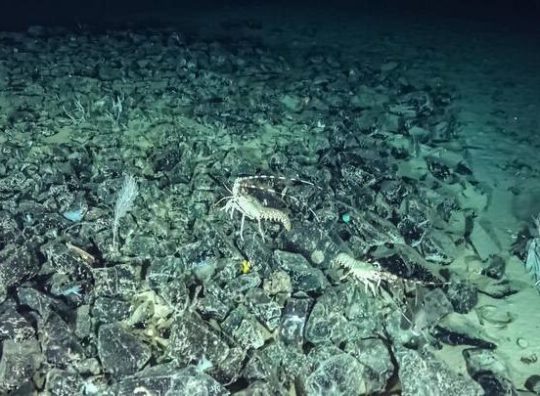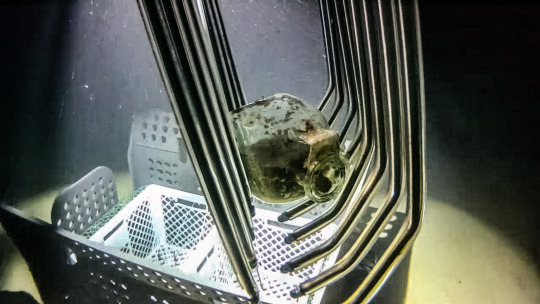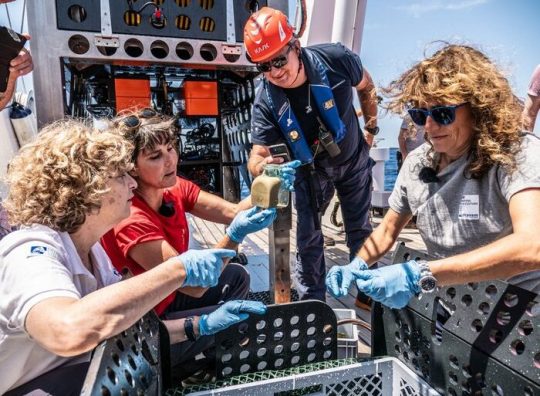#toman shipwrech
Explore tagged Tumblr posts
Text

Roman Glassware Recovered From 2,000-Year-Old Shipwreck
Glassware in perfect condition was recovered from the wreckage of a 2,000-year-old Roman shipwreck lying 1,148 feet below the ocean's surface.
The shipwreck of the Capo Corso 2 was discovered in the area between the French peninsula of Cap Corse and the Island of Capraia in Italy. An excavation of the wreck took place in early July, when archaeologists found an abundance of ancient glassware, according to a press release from Italy's National Superintendency for Underwater Cultural Heritage, which conducted the mission alongside France's Department of Archaeological Research.
Archaeologists discovered that the cargo of this ancient ship consisted almost entirely of glass. Some of it was in blocks, while others were in the form of tableware artifacts.
Glass bottles, platies, cups, bowls, and two bronze basins were found. An amphora-a type of container created in the Bronze Age-was also discovered aboard the ship.


The cargo was "perfectly preserved," according to the press release. The finds will be taken to the laboratory of the National Superintendence in Taranto, Italy for closer inspections.
It is believed the ship sailed from the end of the 1st century to the beginning of the 2nd century AD, although this is not confirmed. A closer look at artifacts found aboard will hopefully give researchers a more definitive date, and hold clues into where it came from.
So far, archaeologists believe this ship must have sailed from the Middle East-from either Lebanon or Syria- considering the amphorae and glass on board. They also estimate it was heading towards Province, in France.


This is the second known Roman shipwreck in this region that appeared to be carrying an abundance of glass.
The Department of Archaeological Research in Drassm, France, used a research vessel called the Alfred Merlin to reach the wreck. The robot can reach 8202.0997 feet below the surface of the ocean and takes high resolution video of its surroundings. Analysis of this ship and its cargo will give researchers new insight into the Mediterranean trade during this period.



But the mission was not just to recover the ship's artifacts, but to assess the biological state of the wreck. Shipwrecks often become artificial reefs for sea life over a period of time. The structures often create thriving ecosystems, as marine organisms attach themselves to their surface.
Assessing the biological colonization of the wreck will determine how well the artifacts can be recovered and conserved.
By Robyn White.
#Roman Glassware Recovered From 2000-Year-Old Shipwreck#Capo Corso 2#ancient glass#ancient artifacts#archeology#archeolgst#history#history news#ancient history#ancient culture#ancient civilizations#roman history#roman empire#toman shipwrech#roman art
281 notes
·
View notes